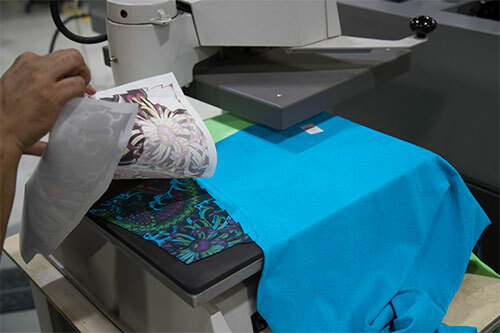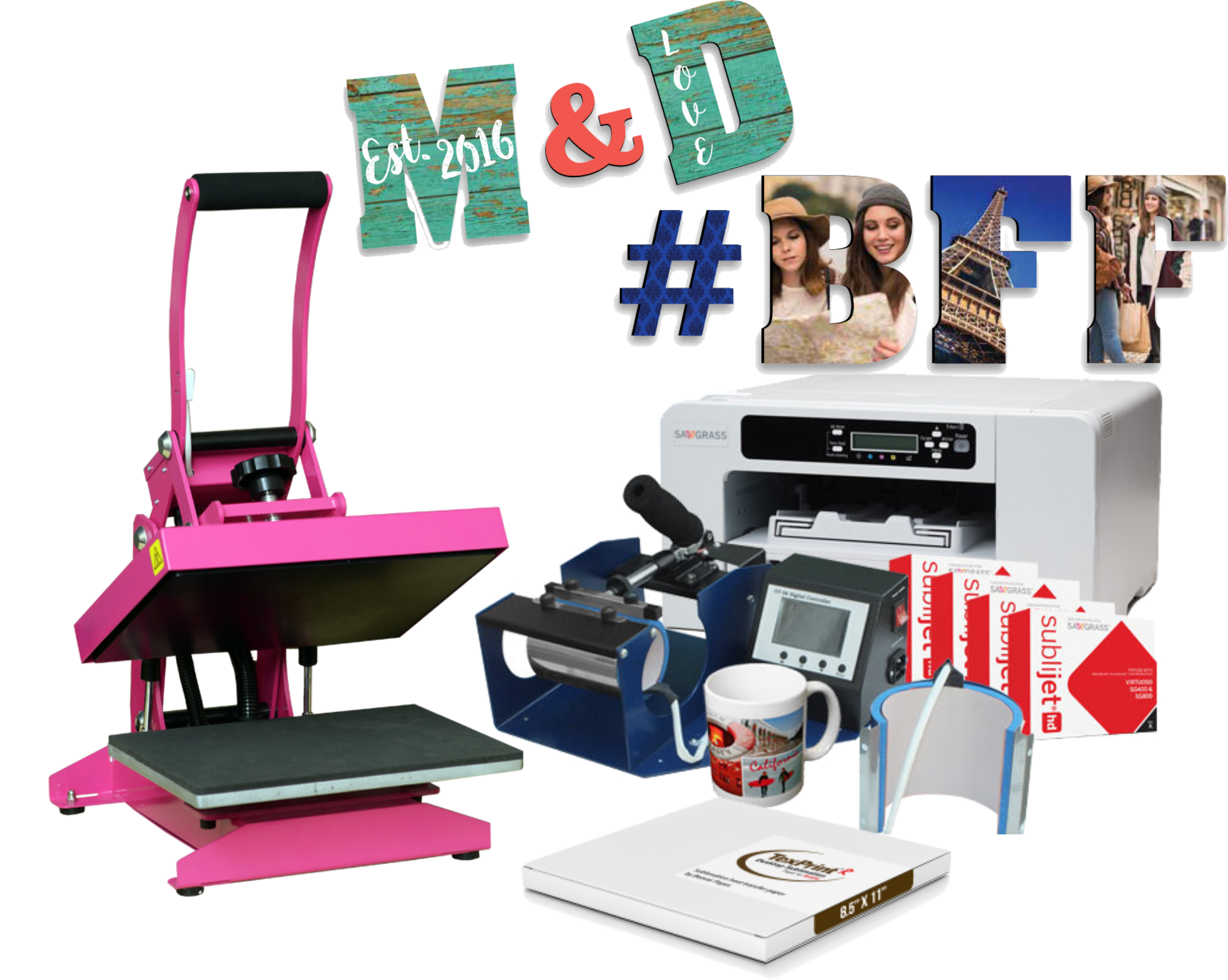A Comprehensive Guide to the Different Kinds Of Cloth Printing Methods
Starting an expedition of fabric printing techniques exposes a remarkable crossway of practice and development. Each method, from the precise workmanship of block printing to the fast efficiency of display printing, offers one-of-a-kind objectives and uses unique advantages. Digital printing's adaptability and ecological awareness stand in plain comparison to the swift personalization of warm transfer printing. Meanwhile, dye sublimation printing mesmerizes with its ability to create vivid, enduring designs on synthetic textiles. To absolutely comprehend the subtleties and prospective applications of these varied techniques, a deeper examination is vital.
Block Printing
Block Printing, among the earliest methods of textile decoration, has a rich history that goes back to ancient worlds. Coming from China around 220 A.D., this method later on infected India and eventually Europe. The process includes carving complex layouts into wooden blocks, which are then dipped in color and pushed onto material to develop patterns. This technique is significant for its ability to generate highly described and repetitive layouts.
The accuracy and workmanship involved in block printing make it a labor-intensive procedure, but it likewise allows for a high degree of personalization. Artisans can develop distinct patterns by integrating different blocks or varying the application of color. This flexibility has actually contributed to the long-lasting popularity of block printing in both traditional and modern textile layout.
Block printing is especially valued for its aesthetic high qualities, including the mild variations in pattern and color that result from the hand-printing procedure. These flaws provide a distinct character per piece, distinguishing it from mass-produced materials. Despite advances in modern-day printing innovations, block printing continues to be a cherished technique, celebrated for its historical relevance and artistic value.
Screen Printing
Screen printing, another popular fabric decoration method, has actually changed the industry with its performance and versatility. This approach entails developing a pattern, referred to as a screen, and utilizing it to use layers of ink on the printing surface area. Each shade in the design needs a separate screen, which enables for intricate and lively multi-colored prints.

Among the vital benefits of display printing is its flexibility to various sorts of textiles, including cotton, polyester, and blends. This strategy is especially appropriate for large-volume orders because of its cost-effectiveness and speed. The durability of the prints is one more substantial advantage, as the ink bonds well with the textile, ensuring resilient styles that endure numerous washes.
When dried, the design is transferred onto the emulsion-coated display utilizing a UV light source. Ink is then pressed with the stencil onto the material utilizing a squeegee.
Screen printing is commonly utilized in the fashion business, marketing items, and personalized garments. Its capacity for top notch, detailed prints safeguards its status as a foundation method in textile printing.
Digital Printing
Digital printing has quickly become an advanced method in the textile industry, leveraging sophisticated technology to produce high-resolution layouts straight onto textile. Unlike traditional techniques, digital printing utilizes inkjet printers to deposit pigment or dye-based inks onto textiles, allowing vibrant and intricate patterns with an amazing level of detail and color precision.
One of the primary advantages of digital printing is its flexibility. This technique allows for on-demand printing, which significantly decreases waste and reduces Visit This Link supply costs.
Furthermore, electronic printing is eco pleasant. Branded clothing. It utilizes water-based inks and calls for less water and energy contrasted to traditional techniques, lining up with sustainable practices. The precision of electronic printing also allows the usage of a larger series More Info of textiles, including cotton, silk, polyester, and blends, ensuring convenience throughout different applications
Heat Transfer Printing
How does warmth transfer printing revolutionize material style? This technique has brought considerable developments by enabling complex and vibrant layouts to be moved onto a selection of materials with amazing precision. Warmth transfer printing involves utilizing heat and stress to move a design from a specially developed paper onto fabric. This process begins with printing the desired photo onto transfer paper utilizing specialized inks. Once the picture is printed, the paper is put onto the material and subjected to a warm press, which moves the ink from the paper to the textile.
Among the key benefits of warm transfer printing is its capacity to create top notch, detailed photos rapidly and effectively. It is specifically appropriate for little production runs and custom orders, making it a prominent option for customized garments and marketing products. Furthermore, this technique is flexible, fitting various sorts of materials consisting of cotton, polyester, and blends.
Moreover, warm transfer printing is relatively cost-effective contrasted to other approaches, as it needs minimal configuration and lower preliminary financial investment - Branded clothing. This price, combined with its capability for producing lively, long lasting prints, highlights its crucial function in modern-day fabric layout

Dye Sublimation Printing
Dye sublimation printing, an advanced fabric printing technique, supplies unequaled vibrancy and longevity for layouts on different artificial fabrics. The printed transfer paper is then positioned on the material, and both are subjected to high warmth and pressure using a heat press.
One of the key benefits of color sublimation printing is its capacity to generate continuous-tone prints with lively shades and intricate details. Unlike other printing techniques, the color ends up like this being component of the fabric instead than sitting on top of it, resulting in a breathable and soft surface.
Conclusion
Block printing is admired for its artisanal top quality, while display printing is beneficial for high-volume production. Digital printing offers convenience and ecological advantages, whereas warm transfer printing is excellent for quick customization.
Each approach, from the meticulous craftsmanship of block printing to the quick efficiency of display printing, offers special objectives and supplies distinct benefits. Digital printing's adaptability and ecological awareness stand in stark contrast to the swift personalization of warmth transfer printing. Regardless of developments in modern-day printing innovations, block printing continues to be a treasured method, commemorated for its historic significance and creative worth.
Dye sublimation printing, an innovative fabric printing technique, uses unmatched vibrancy and long life for styles on numerous synthetic fabrics. Digital printing gives versatility and ecological benefits, whereas warmth transfer printing is ideal for fast modification.